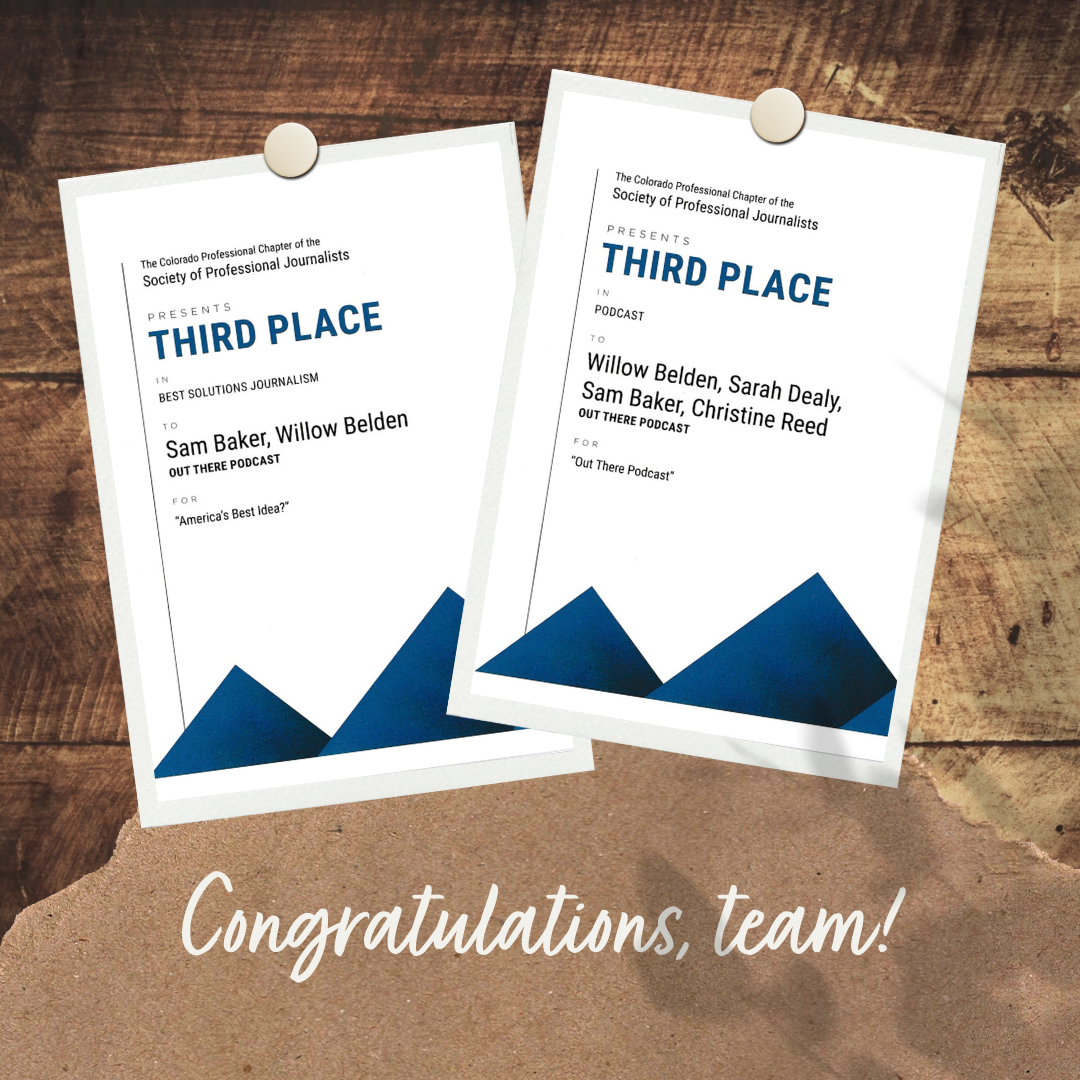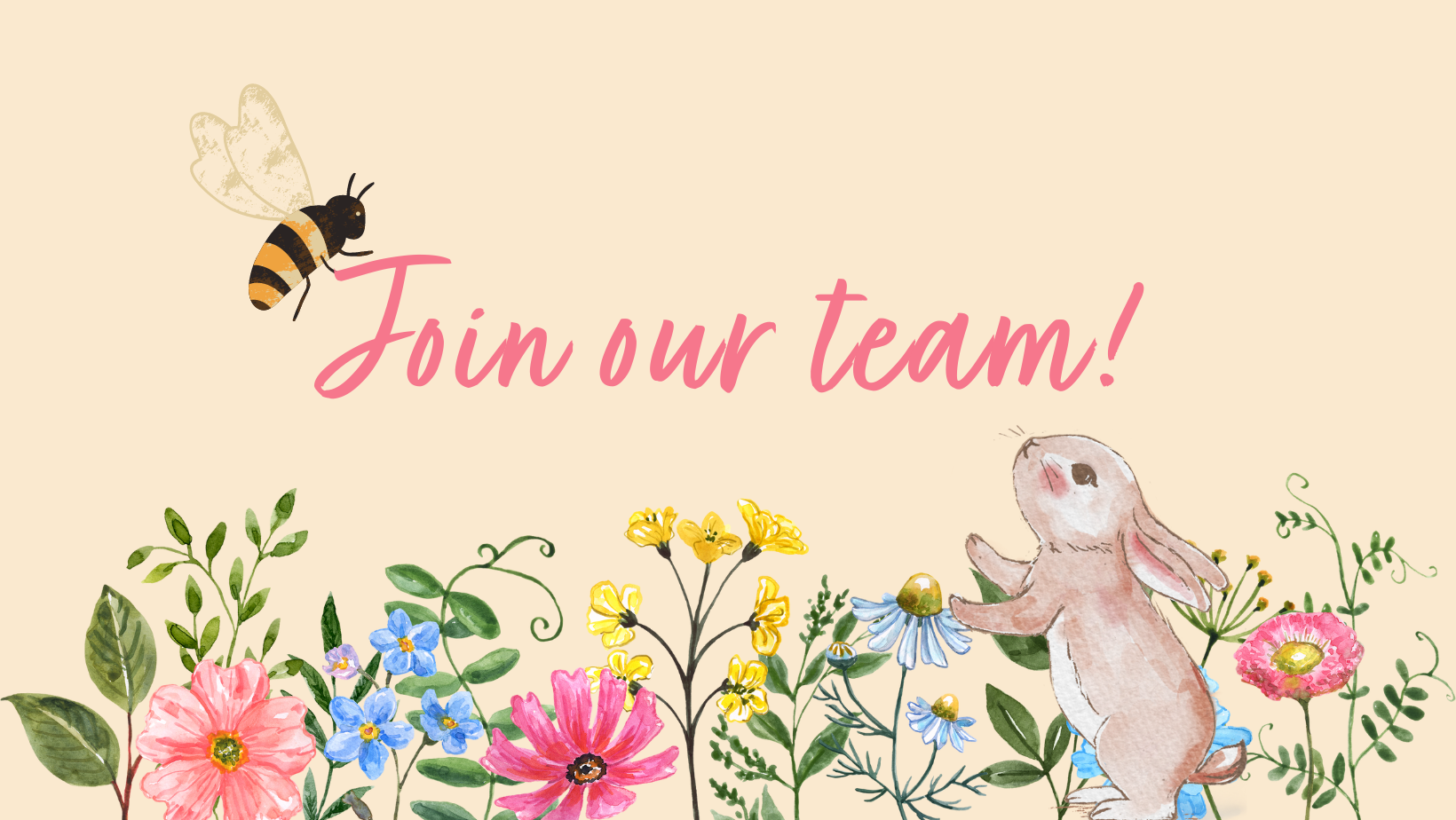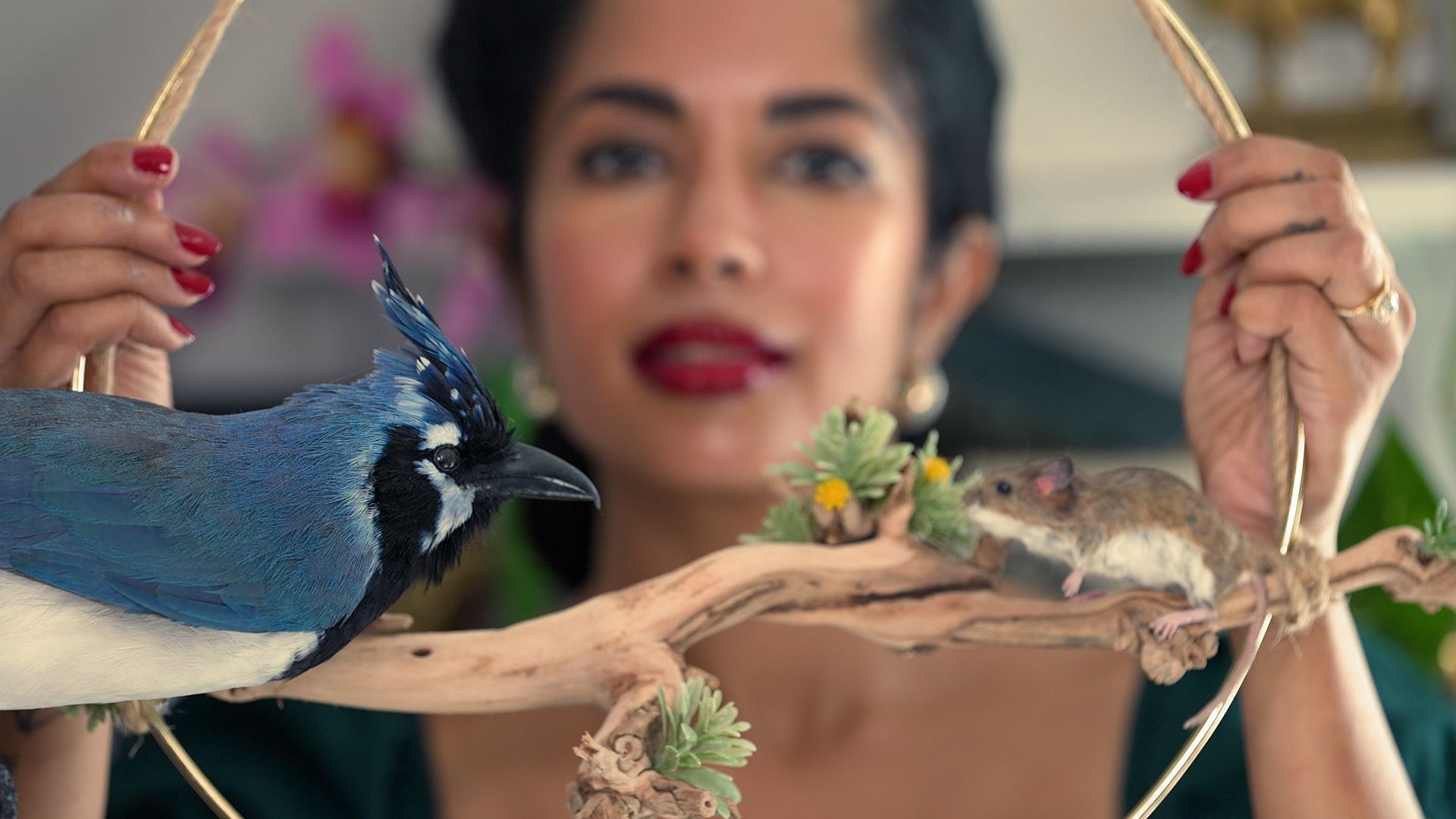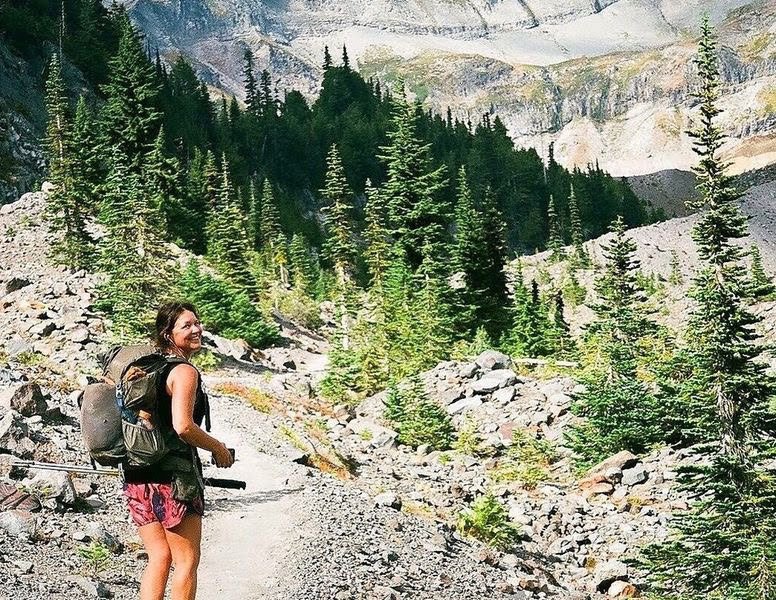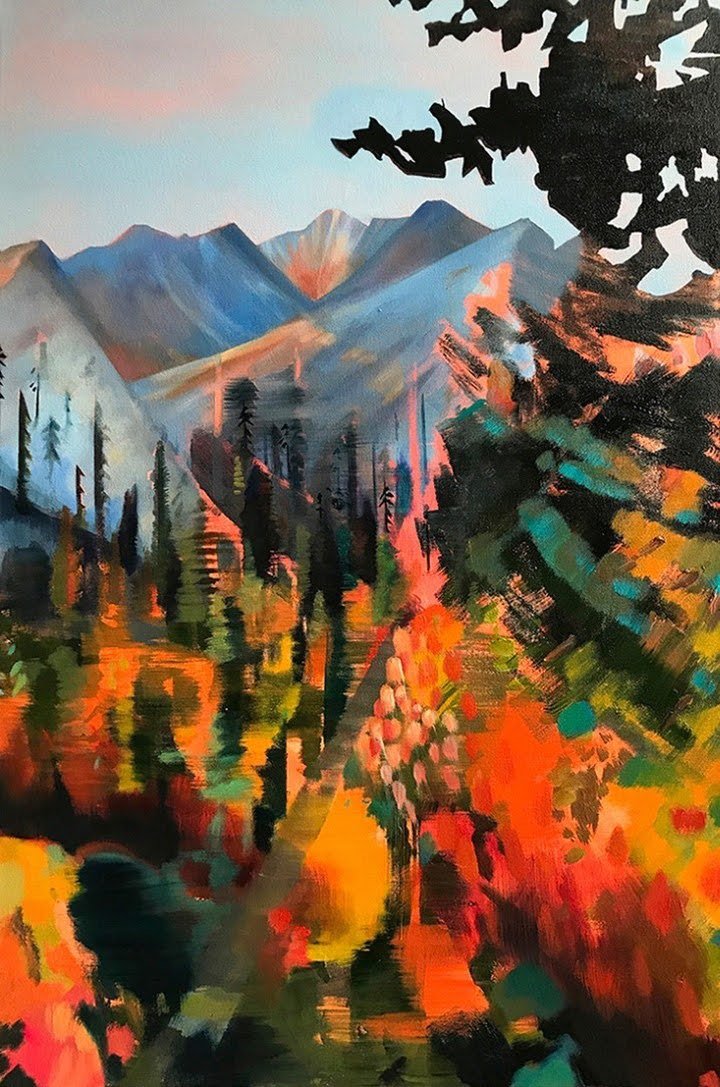OUT THERE: I know you wear a lot of different hats. How would you describe yourself?
ANASTASIA ALLISON: I would describe myself as a very curious entrepreneur, with a penchant for making work fun. I own a gear company, I dance, and I play music. I’m somebody who lives life on the edge of my seat, excited about whatever's next, and open to all possibilities.
OT: How do you balance all your different pursuits and still make time for outdoor adventures?
AA: I would say that being a full-time entrepreneur is less about work-life balance, and more about work-life integration. There is really no hard boundary between what I'm doing with Kula and the things that I enjoy in my life. And I think that translates into it being a successful business, because I can combine so many things that I love. That being said, I truly prioritize spending time away from email and social media. That's something that I do not only daily, but also try to make sure to do for periods of time.
OT: What is the origin story for the Musical Mountaineers?
AA: The Musical Mountaineers was born through a really serendipitous series of events. I was at a point in my life where I had been extremely negatively focused on things that I didn't like for a long time. I would have considered myself the ‘Chief Complainer’ at my job. After working a night shift, I got into bed one night, and had this idea — this voice — pop into my head that said, ‘Go play your violin on the summit of a mountain.’ And I thought, ‘Oh, that's really cool. That's my ticket to freedom.’ I posted an ad on Craigslist for myself as an adventure elopement violinist and got, not surprisingly, like zero responses. So, I put that idea on the backburner.
I had a near death experience in 2017. That was the catalyst for me beginning to implement practices in my life that helped me focus on being present, and finding more gratitude for life itself. One of the little habits that I started doing every day was trying to give something away, whether that was buying a random stranger coffee or whatever. One day I decided to do a giveaway on my personal Instagram account, which at the time had maybe 70 followers (I sort of jokingly say that 10 of those were my mom following me under different accounts). I gave away a book about hiking, and one woman entered the giveaway total, Rose.
It turned out that Rose was a lifelong piano player, who had a dream of bringing a piano into the backcountry . We met in person a few months later, realized we both had this dream to bring our music outside, and we hatched a plan to do it. And on September 1, 2017, we carried my violin and Rose’s keyboard into the mountains for a sunrise serenade. And we wore gowns, because it felt like this sacred experience for both of us. That was our very first concert.
OT: In what ways does creating music in nature resonate with you?
AA: Nature and music are both languages that anybody can understand. Whether you speak the same verbal language or not, people can look at a sunrise or a sunset, or they can feel the breeze or the sun on their face, or hear a bird. Nature evokes this sense of belonging within each of us — that is sort of a universal truth. And I think music has that same power.
The other thing that's really special about it, is that so often we're used to listening to music in venues like a concert hall. And immediately after the music plays, that space is sort of filled with applause. The really magical part about the Musical Mountaineers is that we never announce our concerts. We simply do them. And the music is really beautiful, but the silence that exists on either side of the music is just as special.
OT: Real talk, how do you get your instruments out there?
AA: It is pretty tricky. We have gotten it down to a science at this point, but realistically, it's just a lot of hard work. There's this interesting juxtaposition that happens between the really physical act of hauling instruments up the side of a mountain, which is sort of this gritty, tangible experience, and then you get up on top, and change from hiking clothes into these elegant gowns. And now there's this much more delicate attention, and this ethereal nature of what we're doing. I've always enjoyed this sort of “dirty elegance.”
OT: Do you think the natural world has its own music?
AA: I sure do. Rose and I do a lot of improvisation, and what I've noticed is that each unique spot — we've played in the desert, on the beach, in the mountains, on a lake — seems to evoke new melodies and new creativity out of us. And so often it feels more as though we are in symphony with nature itself, not just each other.
A lot of times we hear birds, or a few times we've heard the waves lapping against the beach, and those moments really add to the experience. We record a lot of our music using a special audio recorder that allows people to hear all of the sounds, and I think that's really unique, because a lot of people do these cool music videos that are filmed in nature, but then they're usually dubbing music in over the video so they can get that beautiful studio sound. We're including all of the nature sounds. So that means you're going to hear wind blowing, almost as if you were there and a part of it. We’re not trying to change, or edit, what was happening in the moment.
OT: Out There Podcast and Kula Cloth’s virtual open mic night is coming up on March 31. Why should everyone check that out?
AA: Creativity is something that should be celebrated. There is nothing that I enjoy more than watching other people create — watching what happens in the moment. To be able to share what you're doing with others is truly a gift.
And it's a gift that we're not only receiving from the performer itself, but also that we are giving by showing up, and saying to that person, “You belong, and I want to celebrate who you are.” There's nothing more powerful that we can do than just show up and offer support to people who are putting themselves out there, which can be scary, especially if it's not something you do all the time.






















